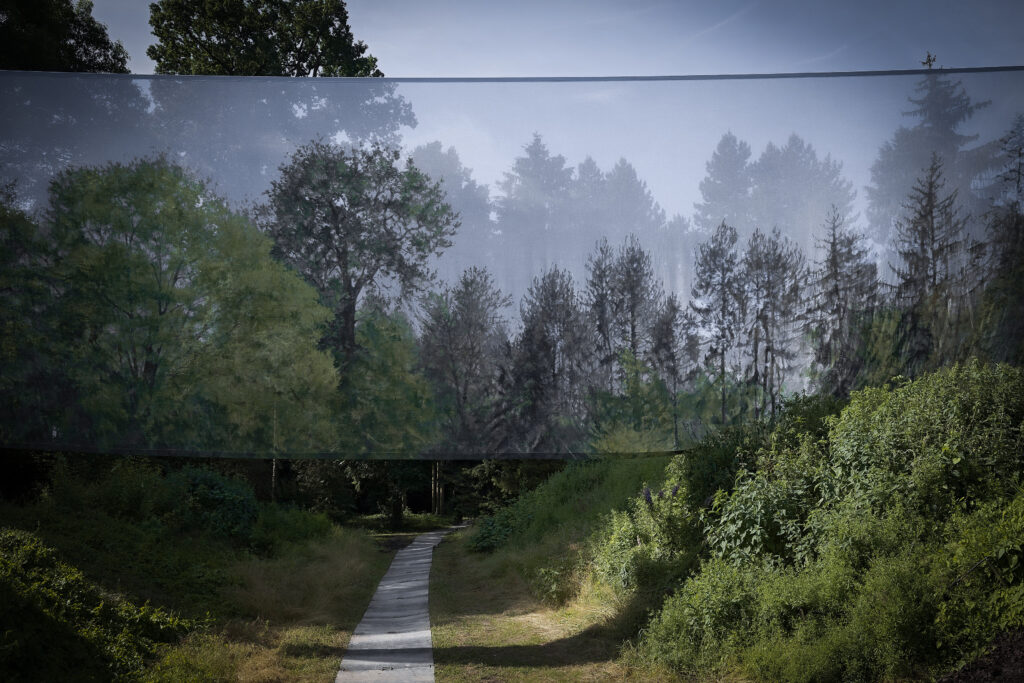
Worlding
This forecast shares a vision for the future of design as attentive, collaborative and nurturing to our more-than-human world. It presents four propositions for designers to re-think and rebuild our relationship with more-than-humans.
Humans tend to see the world as theirs for the taking, no matter the cost to other species and environments.
Designing for our planetary flourishing demands a shift to worlding, which Donna Haraway describes as the act of making worlds together.

From a design perspective, worlding takes a reparative and attentive approach to imagining worlds that reconnect the human to the entangled web of more-than-human life.
By creating with more-than-humans, rather than at their expense, worlding gives agency to non-humans in our shared world.
This forecast presents designers with four propositions to reimagine our models of practice – and even ourselves – as part of a more-than-human assembly.


Reports from Nature
Environmental agents, such as waterbodies, plants and animals are on the frontlines of climate collapse, sensing and recording the shifts in our environment.





How can these more-than-human agents inform human’s understanding of climate collapse?



Alexis Pauline Gumbs‘How can we listen across species, across extinction, across harm?’
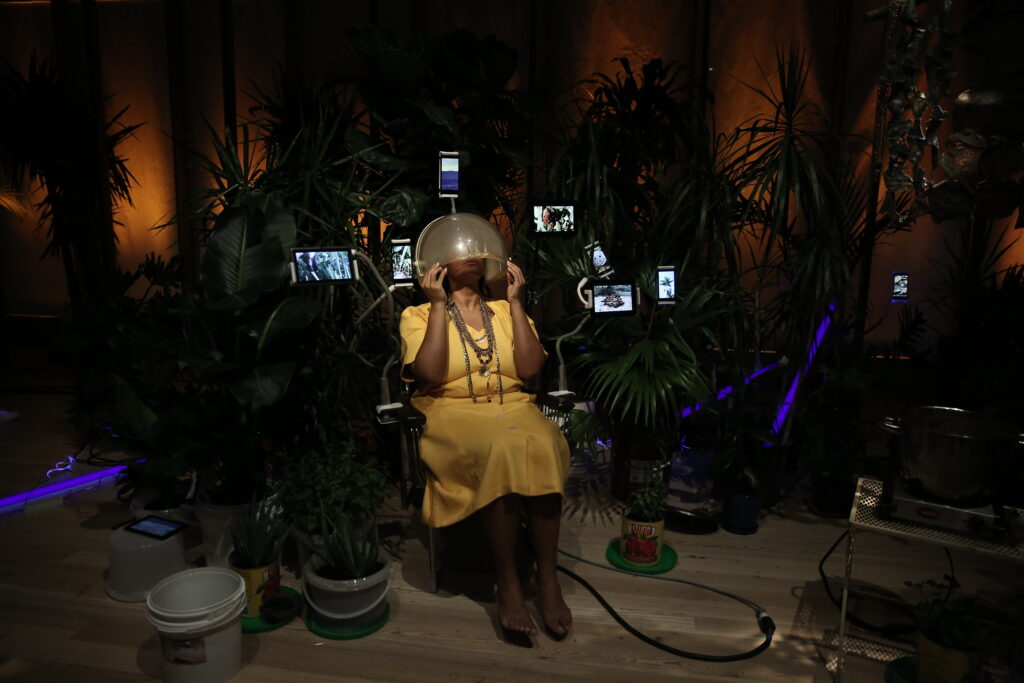
Through scent, light, sound, migration and extinction, species communicate the nuanced, localised effects of planetary change.



By collecting this sensory data, designers are tuning in to nature’s reports on the future of the planet.











While designers have started listening to the sensory lifeworlds of plants, animals and atmospheres to help humans steward ecosystems of the future, new kinds of institutions are inviting the more-than-human world into conversation.



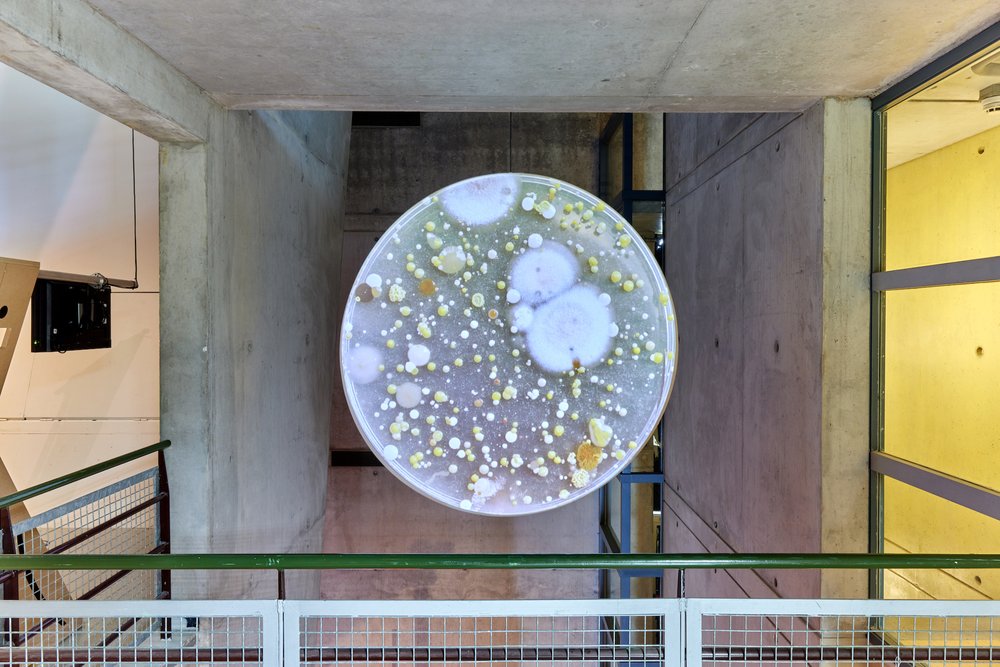
A future scenario by Daisy Hildyard
The first more-than-human embassy was established by multispecies accord. The assembly meets on an estuary, where the river mouth speaks to humans, and the people, who have occupied this place for thousands of years, know the voice of every bird. Crabs, microbes, pelicans and seatrout, have, over eons, created this space together. Ambassadors acquire interspecies communication skills from transdisciplinary nests and schools. The tides negotiate, back and forth.

Planted Practices
Plants are rooted: they stay where they are and grow from there.


Taking this situated approach to design is a form of resistance to ‘design as usual’.
Rather than growth as proliferation, this shift in practice nurtures lively local entanglements and supports an environment’s lifeworld.
Sonia Sobrino Ralston‘The natural intelligence of plants and ecological systems [allows us to think of the] planet as its own computational system. Becoming attuned to its timescales, components, and local contexts [reveals] the environment as an informational resource to be collectively stewarded.’

By staying put, designers notice the relationships between species, integrate themselves into the local ecology and create new social webs.

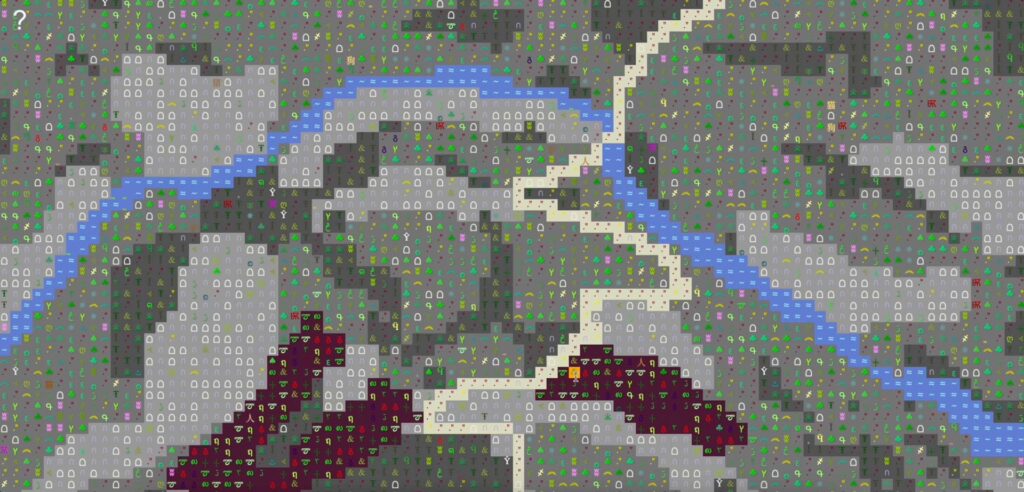


A future scenario by Daisy Hildyard
The second internet is sited on the rapids, where the river tumbles steeply from one terrace to another. i2 also runs along migratory pathways; through mycelial networks; oceanic currents; and weather fronts linked up via satellite. It draws nutrients through the soil and extends coverage across vast biofilms. Connections ‘sleep’ in accordance with seasonal and diurnal rhythms that are sensitive to body and situation. At the winter solstice (local to the hemisphere) there is a period during which all users rest.

Multispecies Marketplace
Tawny owls, tree ferns, cactus coral, mycelial bacteria: all have different needs and design instincts to those of humans.




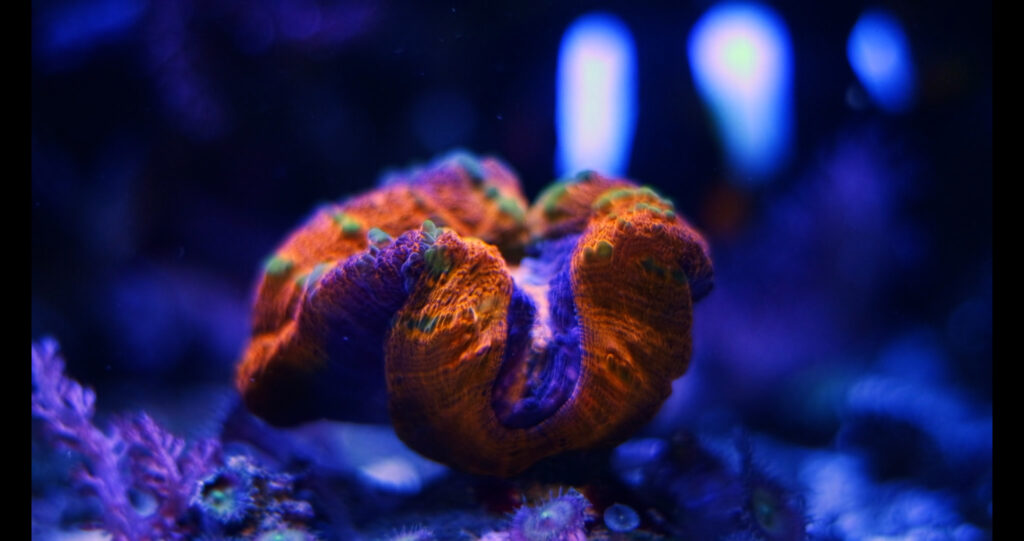
Instead of centring products, services and systems around humans, practitioners are expanding the arena for ideas and design innovation to cater across species.

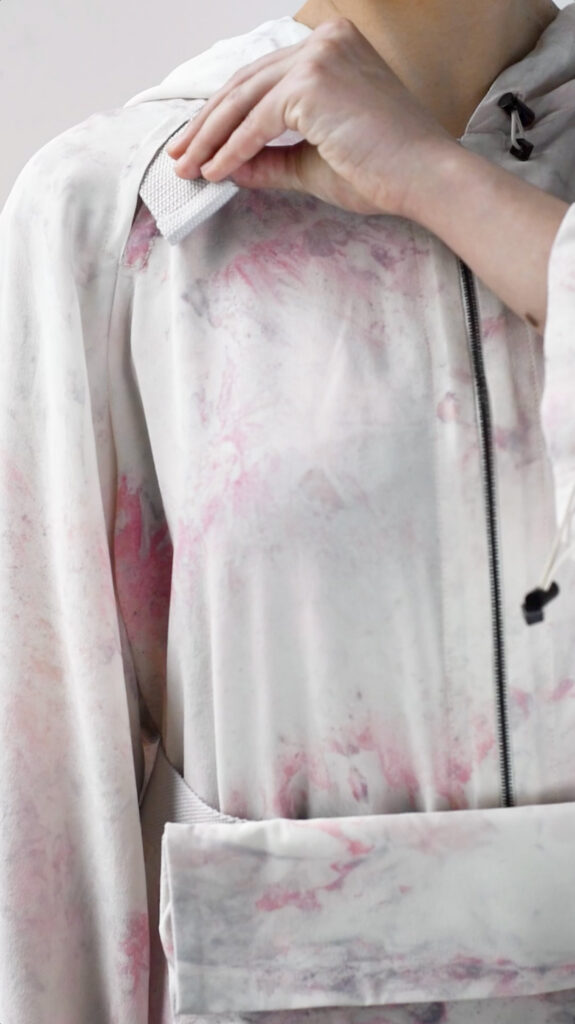


A multispecies marketplace is emerging with non-humans as agents, co-designers, teachers and partners, rather than clients, users and resources.
How can the multispecies marketplace prioritise the welfare and flourishing of other species?



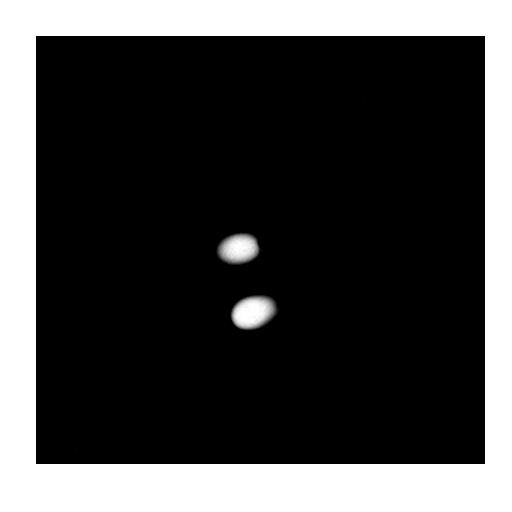
Through practices of care, the multispecies marketplace becomes a site for attentive collaboration. By making with the natural world, design takes on new forms, timelines and hierarchies.
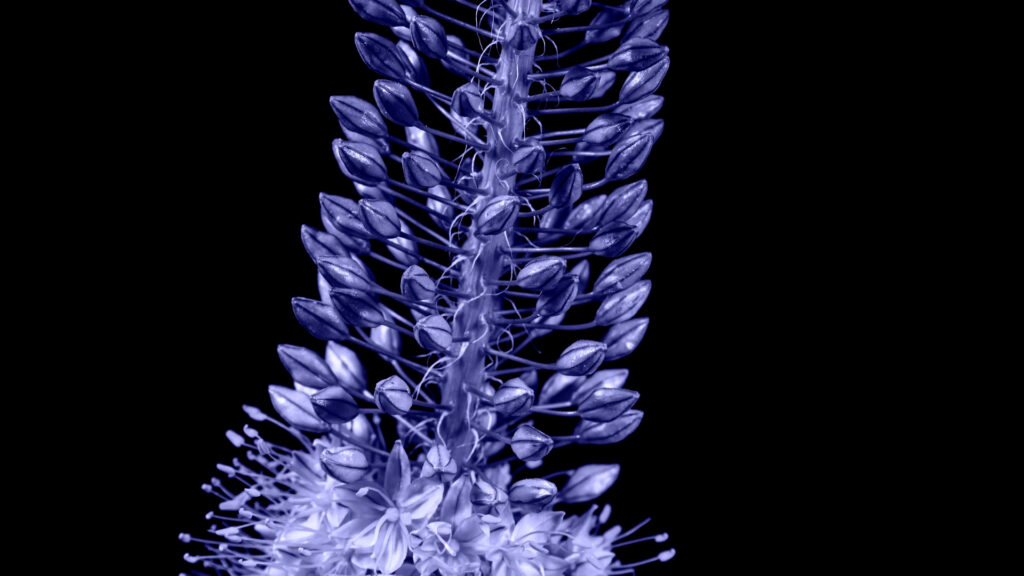


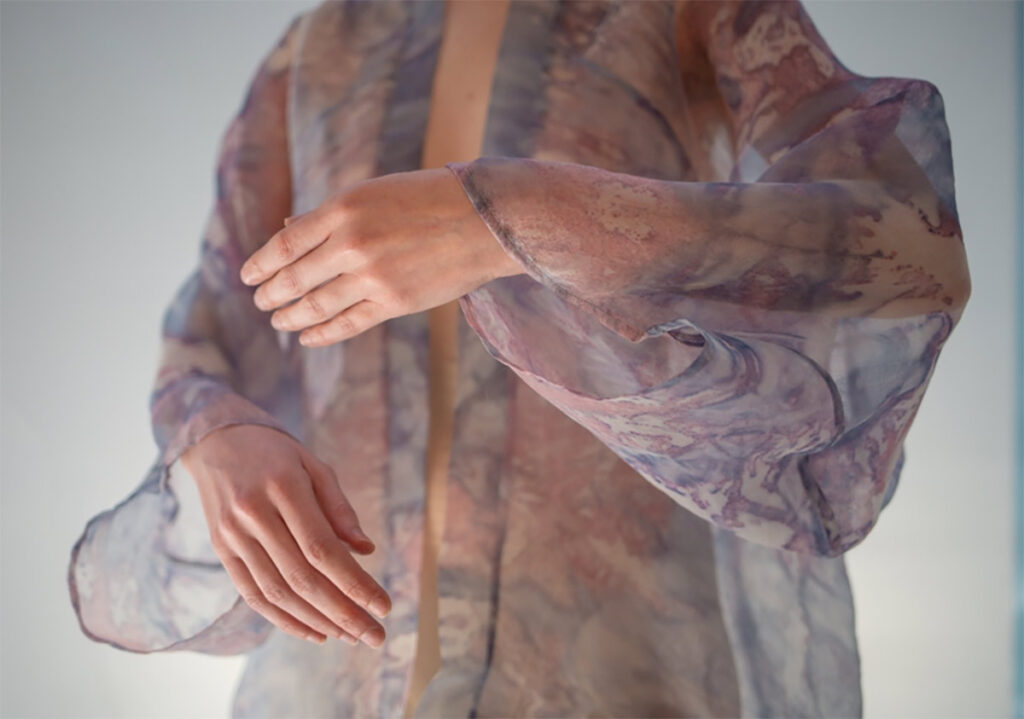
A future scenario by Daisy Hildyard
After the collapse of international financial systems, stock market technologies were repurposed to monitor global liveliness. Species fluctuations tick across screens on the old trading floors (bird of paradise --- nomad jellyfish --- constable butterfly); losses cascade from each new eradication. The survival of the fragile, monitored through a range of sensing mechanisms relayed from algal blooms, river mouths and climate fronts, has become the standard through which new growth is measured: stable and respected as a solid gold bar.
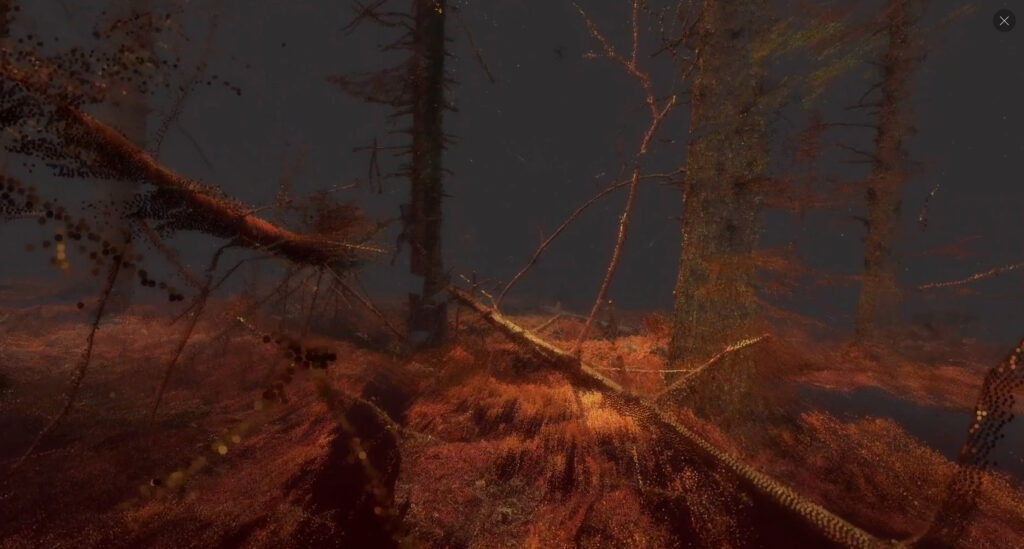
Being Otherwise
What’s it like to be a bat, a microbe or a pinecone?

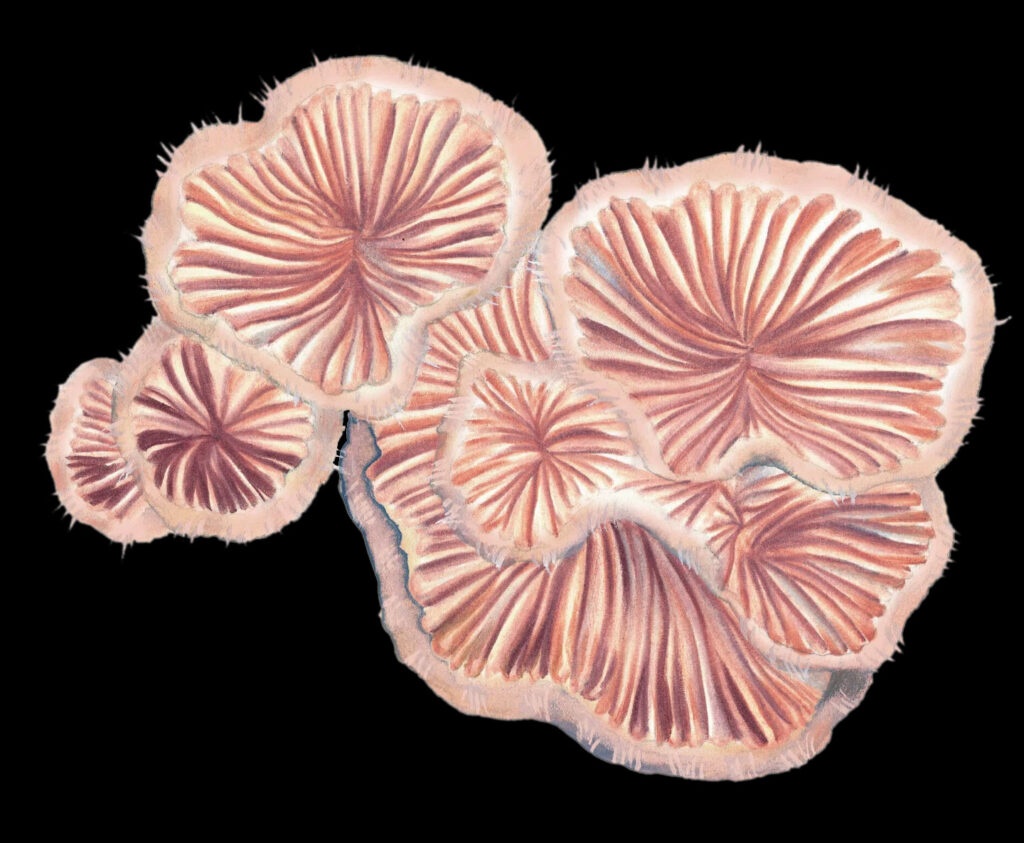
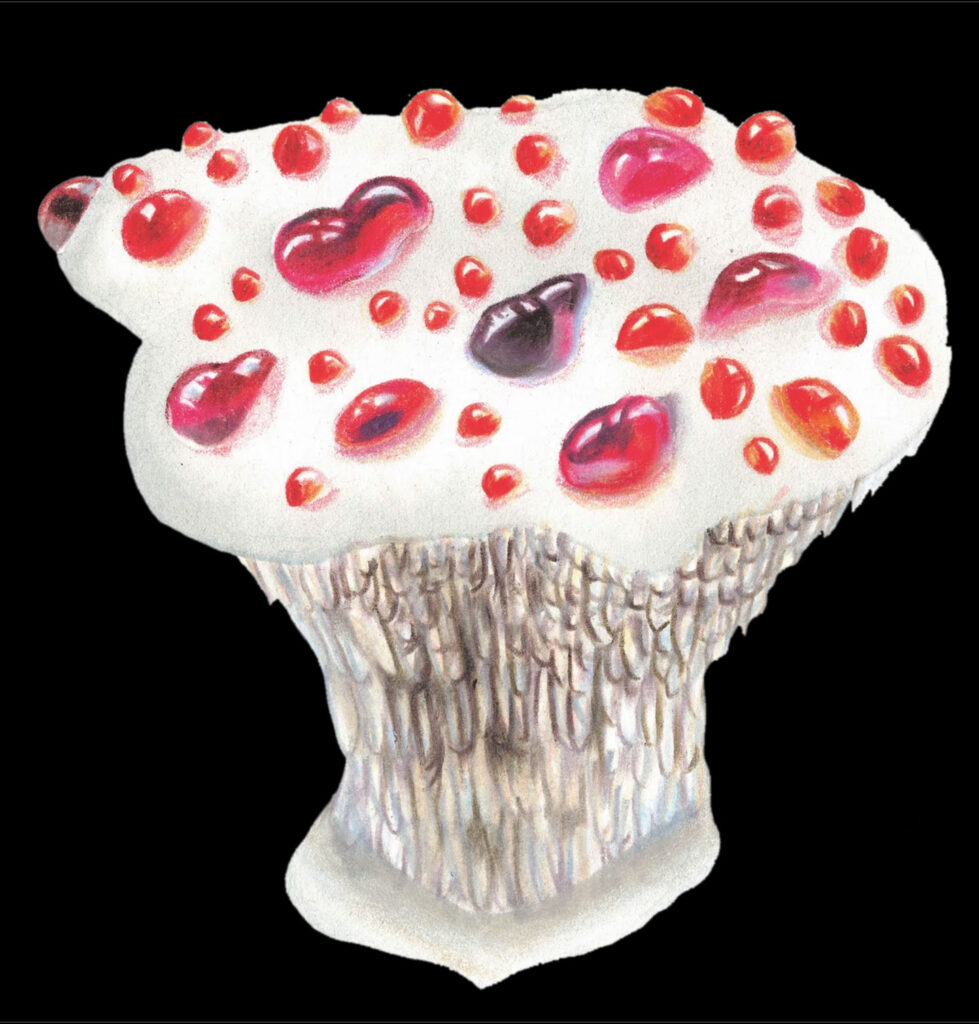

To design beyond human needs, designers are expanding their sensibilities to consider other planetary points of view.

Thinking through the perspective of living agents – like mycelium or bees – the smell, look and feel of the world changes.


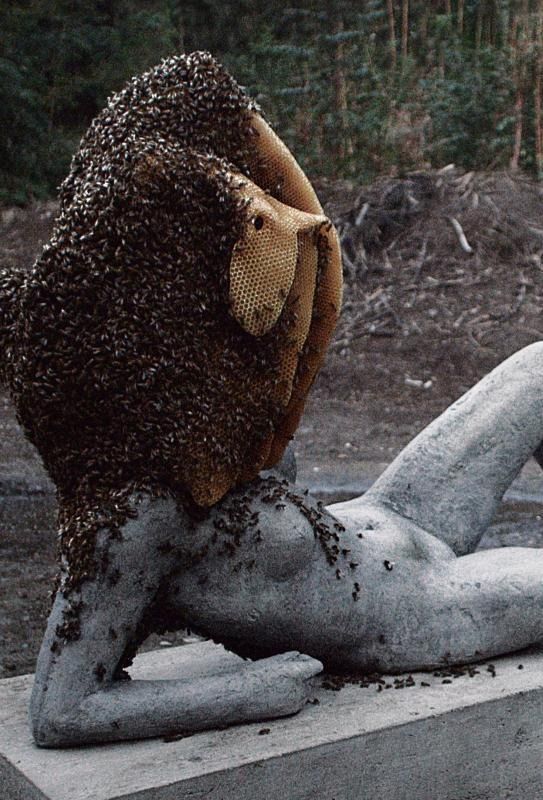

Taking on the more-than-human perspective explodes the ordered structure of humans’ sense-making. It invites messy logics, wild connections and reparative attentions to take root.
Elvia Wilk‘Whose utopia, whose dystopia? If the human is not the protagonist, who is? A utopia for mosquitos may not be the same as mine, but from the perspective of the planetary ecosystems it may be far preferable.’



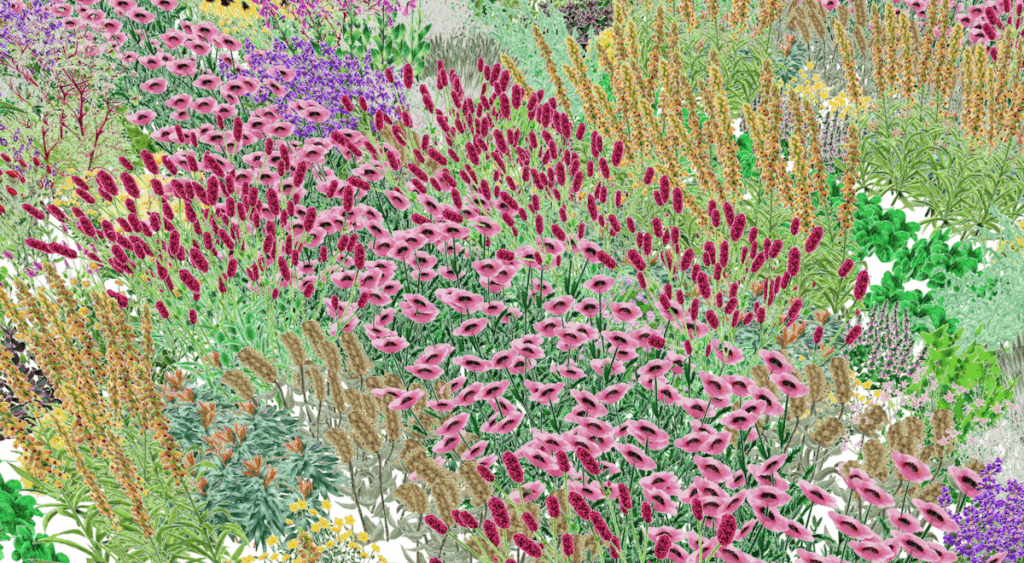

A future scenario by Daisy Hildyard
After GAME OVER, the game resets. Back at the beginning, there is a hidden level. Inside the hidden level is a new world. The landscape looks familiar, but the scenery and non-playable characters: rivers and moths; vipers and apple seeds; meteorites and algae, have come to life.
Your new challenge is infinitely complex and cannot be paused. Your leaves transpire; your dusty grey wings lift the night; your scales draw you toward warm prey; your networks invest the earth with life. As you move within this altered world, spreading over biofilm, flowing into an estuary or networking the rainforest, the game implants its alien awareness of the space that is environing your body as it looks at this screen, inside this room, on this planet, right now.